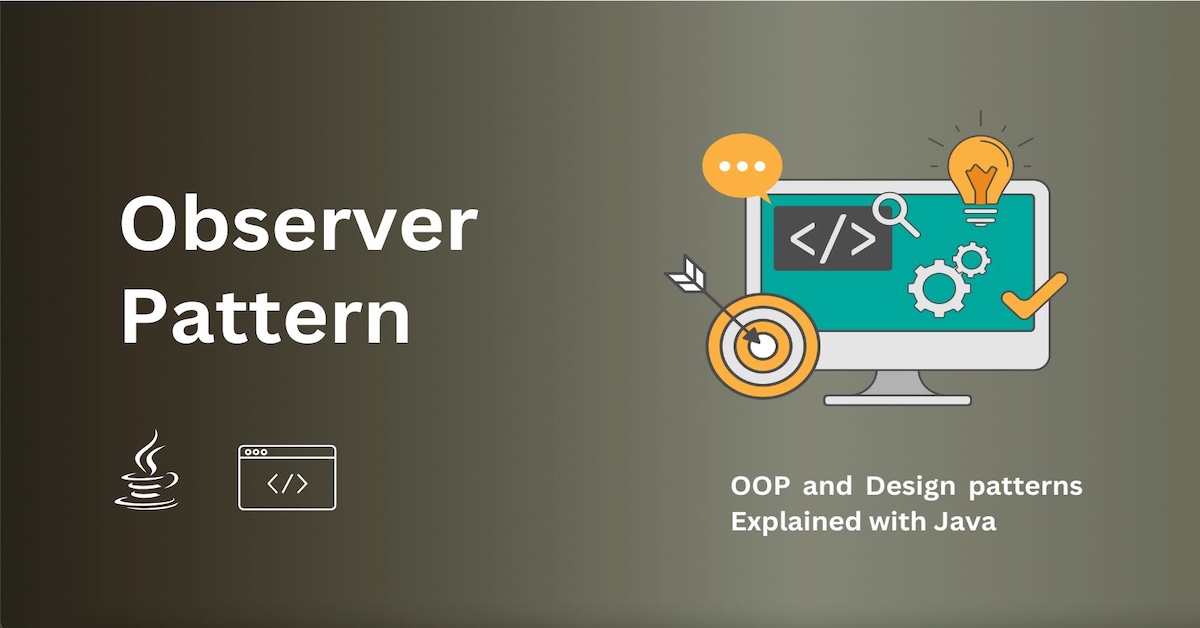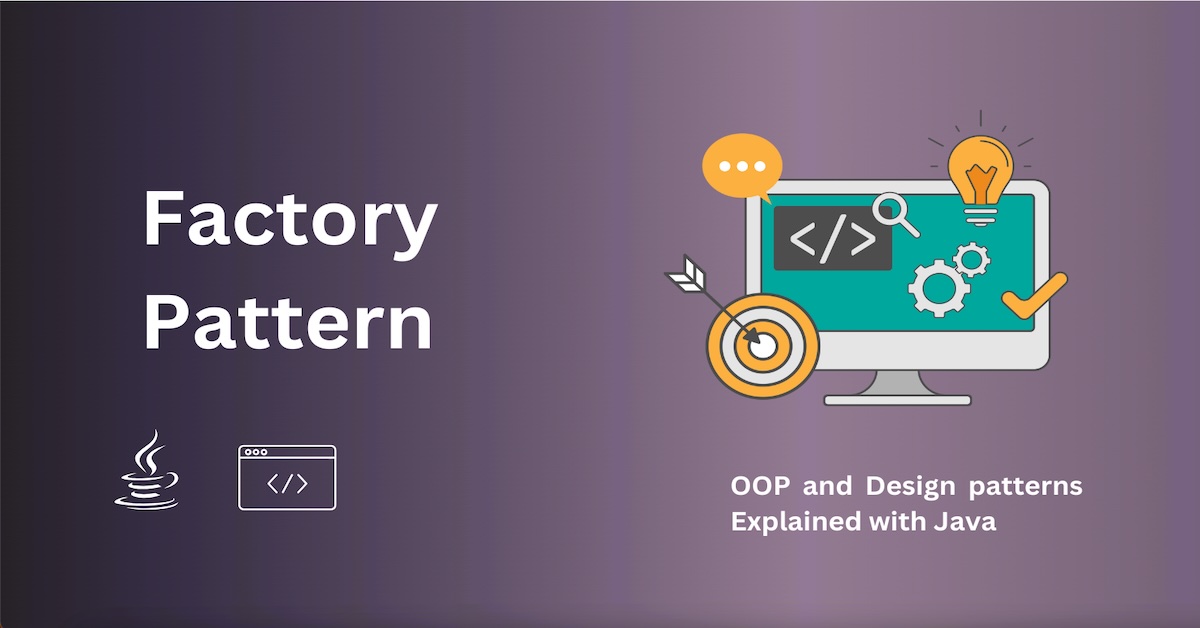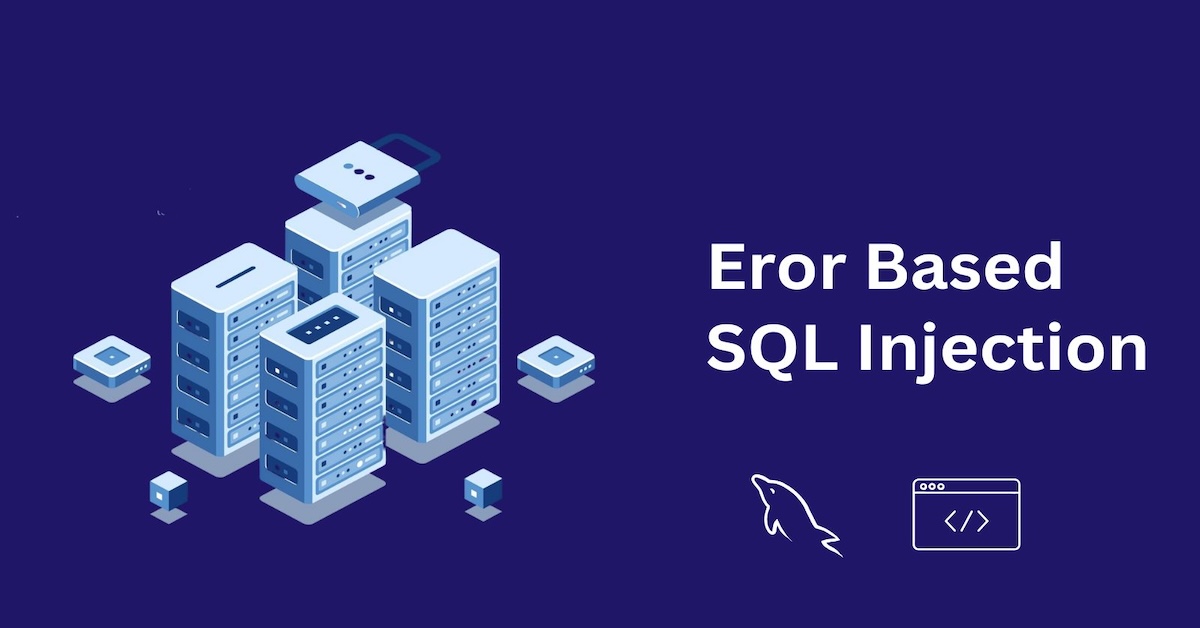Observer Pattern explained simply
When one object needs to notify many other objects about changes in its state automatically,
the Observer Pattern steps in.
What is the Observer Pattern?
- Defines a one-to-many dependency between objects.
- When the subject changes, all its observers are notified and updated automatically.
- Helps achieve loose coupling between components.
In short:
One subject, many listeners!
Real-Life Analogy
Think about a YouTube Channel:
- You subscribe (observer) to a channel (subject).
- When the channel posts a new video, you get a notification.
Simple and automatic.
Structure
- Subject (Observable): Holds a list of observers and notifies them of changes.
- Observers: Register themselves to the subject and react to changes.
Example in Java
Subject Interface
public interface Subject {
void attach(Observer observer);
void detach(Observer observer);
void notifyObservers();
}Observer Interface
public interface Observer {
void update(String message);
}Concrete Subject
import java.util.ArrayList;
import java.util.List;
public class Channel implements Subject {
private List<Observer> subscribers = new ArrayList<>();
private String latestVideo;
@Override
public void attach(Observer observer) {
subscribers.add(observer);
}
@Override
public void detach(Observer observer) {
subscribers.remove(observer);
}
@Override
public void notifyObservers() {
for (Observer observer : subscribers) {
observer.update(latestVideo);
}
}
public void uploadNewVideo(String title) {
this.latestVideo = title;
System.out.println("New video uploaded: " + title);
notifyObservers();
}
}Concrete Observer
public class Subscriber implements Observer {
private String name;
public Subscriber(String name) {
this.name = name;
}
@Override
public void update(String message) {
System.out.println(name + " received notification: " + message);
}
}Using the Observer Pattern
public class MainProgram {
public static void main(String[] args) {
Channel techChannel = new Channel();
Subscriber alice = new Subscriber("Alice");
Subscriber bob = new Subscriber("Bob");
Subscriber charlie = new Subscriber("Charlie");
techChannel.attach(alice);
techChannel.attach(bob);
techChannel.uploadNewVideo("Observer Pattern in Java!");
techChannel.attach(charlie);
techChannel.uploadNewVideo("Singleton Pattern Explained!");
}
}Output:
New video uploaded: Observer Pattern in Java!
Alice received notification: Observer Pattern in Java!
Bob received notification: Observer Pattern in Java!
New video uploaded: Singleton Pattern Explained!
Alice received notification: Singleton Pattern Explained!
Bob received notification: Singleton Pattern Explained!
Charlie received notification: Singleton Pattern Explained!Why Use Observer Pattern?
- Loose Coupling: Subjects and observers are independent.
- Dynamic Relationships: Observers can be added/removed at runtime.
- Scalability: Suitable when multiple objects depend on a single object.
Real-World Use Cases
- Event handling systems (GUI frameworks, button click listeners).
- Messaging systems (notifications, chat applications).
- Distributed systems (monitoring services).
- Model-View-Controller (MVC) architecture (model updates views).
Summary
The Observer Pattern lets you build dynamic, decoupled, and event-driven applications.
It’s perfect whenever you need automatic notifications between components without tightly coupling them.






